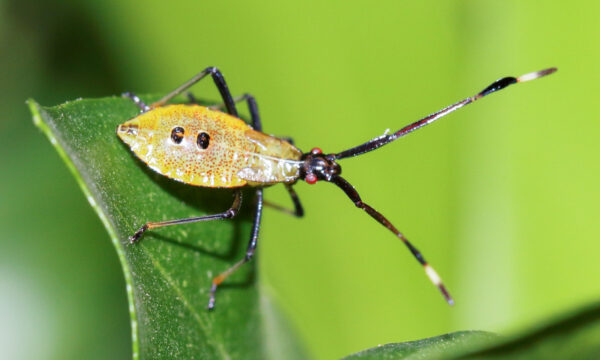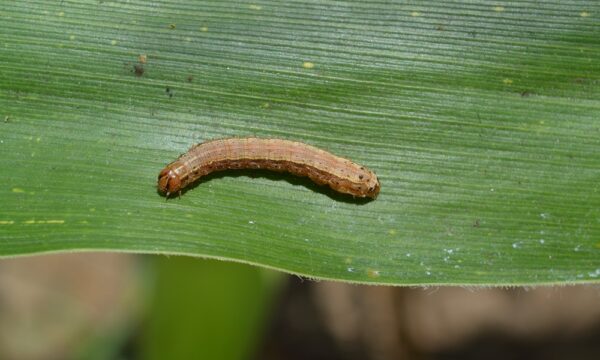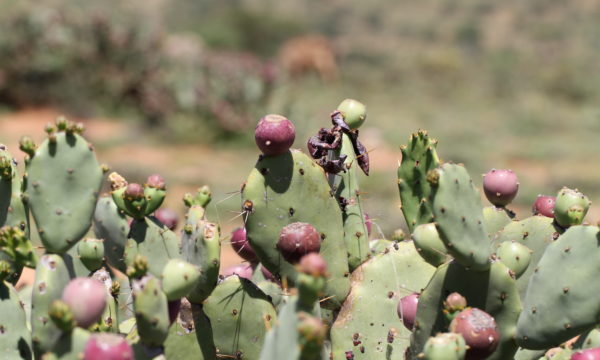
Rutilus rutilus (roach); adult fish on display. Subaqueous Vltava, Prague Czech Republic. April, 2011 (Copyright: released into the public Domain by Larel Jakubec/Prague, Czech Republic)” width=”1200″ height=”563″> Rutilus rutilus (roach); adult fish on display. Subaqueous Vltava, Prague Czech Republic. April, 2011 (Copyright: released into the public Domain by Larel Jakubec/Prague, Czech Republic)
Aquatic invasive species threaten aquatic resources by negatively impacting native organisms and altering ecosystems. They have a competitive advantage over native species because they lack natural enemies to control their spread, they grow and reproduce rapidly, and also adapt to a wide range of environmental conditions.
Alien invasive species management requires a holistic approach, starting from the policy level to prevent the entry and establishment of new invasive species. It is for this reason that the United States Fish and Wildlife Service (FWS) amended its regulations to include a further 10 fish and 1 crayfish in the list of injurious species under the Lacey Act. Effective from 30 October 2016, the importation into the United States and interstate transport of any live animal, gamete, viable egg or hybrid of the following species is prohibited unless under permit[1]: Crucian carp (Carassius carassius), Eurasian minnow (Phoxinus phoxinus), Prussian carp (Carassius gibelio), roach (Rutilus rutilus), stone moroko (Pseudorasbora parva), Nile perch (Lates niloticus), Amur sleeper (Perccottus glenii), European perch (Perca fluviatilis), zander (Sander lucioperca), wels catfish (Silurus glanis) and the common yabby (Cherax destructor).

Cherax destructor (yabby); adult, captive specimen. Toba aquarium, Japan. December 2007 (Copyright: Daiju Azuma-2007 (OpenCage)/via Wikipedia-CC BY-SA 2.5)” width=”344″ height=”350″> Cherax destructor (yabby); adult, captive specimen. Toba aquarium, Japan. December 2007 (Copyright: Daiju Azuma-2007 (OpenCage)/via Wikipedia-CC BY-SA 2.5)
Datasheets especially commissioned from species experts, edited, peer reviewed and published in CABI’s Invasive Species Compendium (ISC) were used in the screening process leading to their listing. CABI’s long-standing expertise in compiling and publishing scientific information makes us ideally placed to support the FWS in this important work.
The Invasive Species Compendium (ISC) is an open access encyclopaedic knowledge base that draws together scientific information on invasive species worldwide. The resource covers all taxa affecting managed and natural ecosystems with a focus on those species with the greatest economic and environmental impact. Globally relevant species datasheets are commissioned from expert authors and include text sections, database tables, maps, images and links to abstracts, full text articles and other sources of further information.
The ISC currently provides detailed datasheets on over 2,000 of the most invasive species and animal diseases worldwide and basic information on a further 7,100 invasive species. The Compendium is a vital tool for resource managers and advisors, researchers, policy makers and quarantine officers in the areas of agriculture and the environment. It has been resourced by an International Development Consortium and is freely available at http://www.cabi.org/isc/
[1] US Federal Register, Injurious wildlife species listing 10 freshwater fish and 1 Crayfish, Docket Number FWS-HQ-FAC-2013-0095
1 Comment
Leave a Reply
Related News & Blogs
Zebra mussels disrupt ecosystems in Europe and North America
Zebra mussel cluster (D. Jude, University of Michigan, Flickr) Zebra mussels (Dreissena polymorpha) are fingernail-sized freshwater molluscs that are native to the lakes of south-east Russia. In the last 200 years they have spread to parts of Europe, i…
19 December 2022





[…] CABI’s ISC datasheets contribute to regulatory action against high-risk freshwater invasive specie… […]